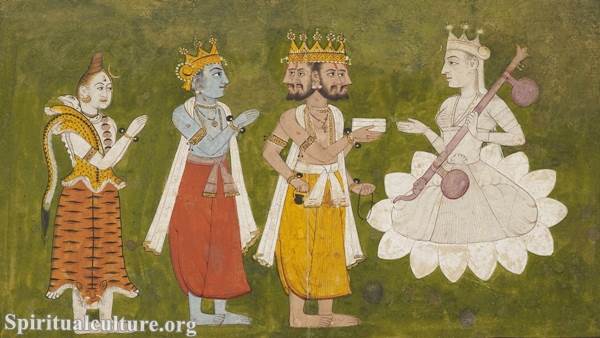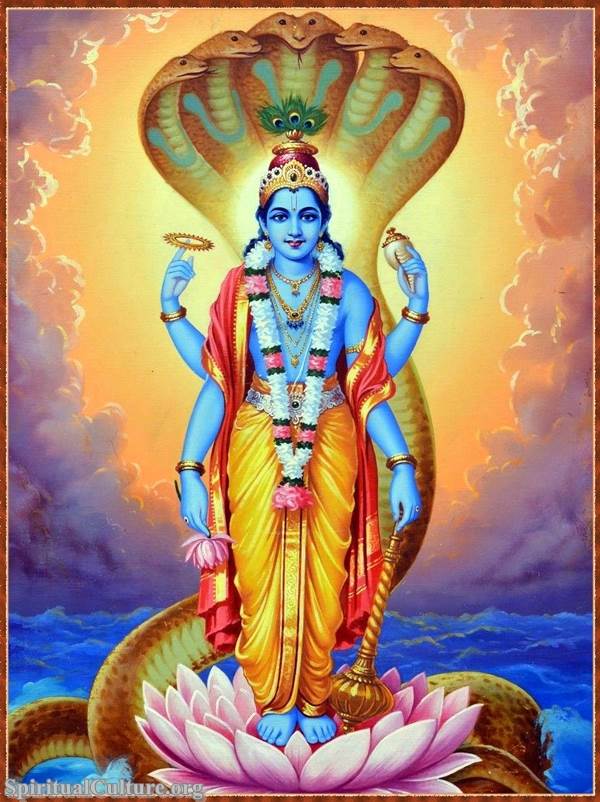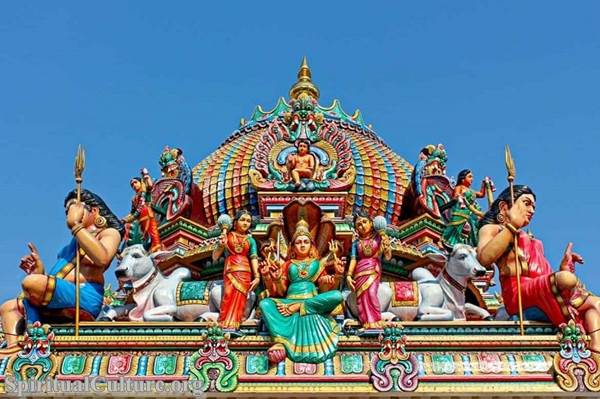The yearning to know who we truly are has haunted the human spirit for millennia. Beneath the changing tides of time, culture, and circumstance, one question returns again and again: Who am I? In the profound spiritual traditions of India, this question is not merely philosophical — it is the gateway to ultimate freedom.
As Spiritual Culture, we invite you on a journey through one of the deepest concepts in Vedantic thought: Atman — the inner self, the soul, the witness beyond mind and body. We’ll explore its timeless essence, its role in the cycle of rebirth, and the sacred pursuit of liberation (moksha) that has inspired sages, seekers, and mystics through the ages.
This article opens a sacred doorway — not to belief, but to being; not to religion, but to realization. For in discovering the Atman, we may just discover our way home.
The Eternal Self: What Is Atman?
Beyond Body and Mind
In the Upanishadic vision, Atman is not merely the individual soul, nor a psychological concept of identity. It is pure consciousness, the unchanging essence within us that observes all experiences but remains untouched by them. While the body grows old and the mind changes with every passing thought, the Atman remains eternal, still, and luminous.
As the Chandogya Upanishad declares:
“Tat tvam asi” — “You are That.”
(Chandogya Upanishad 6.8.7)
This statement is not a metaphor. It points directly to the truth that the deepest core of you — the Atman — is none other than Brahman, the infinite reality.
The Witness Within
The Atman is the silent witness of all that unfolds. You may say, “I am happy,” or “I am angry,” but beneath these shifting moods is the one who knows — the seer, not the seen. This witness-self is never disturbed by pleasure or pain. It simply is.
Swami Vivekananda put it beautifully:
“We are not the body. We are not even the mind. We are the Atman — the ever-pure, ever-free, ever-blissful.”
To realize this truth is to wake up from a dream — to break the spell of illusion (maya) that binds us to suffering.
Samsara: The Cycle That Binds
What Keeps Us Bound?
The human experience is not just one lifetime but a long journey through many births, deaths, and rebirths — a cycle known as samsara. This cycle is driven by karma, the law of cause and effect, and fueled by avidya (ignorance of our true nature).
As long as we mistake the body-mind for the self, we remain trapped in this cycle. Joy and sorrow come and go, but the Atman remains forgotten — like the sun obscured by clouds.
Suffering in the World of Appearances
Every joy in samsara is fleeting. Every form dissolves. Relationships change. Bodies perish. Success fades. This constant change produces sorrow, because we cling to the impermanent.
The Bhagavad Gita reminds us:
“As a person sheds worn-out garments and puts on new ones, so the embodied soul casts off old bodies and enters new ones.”
(Bhagavad Gita 2.22)
This cycle continues until we awaken — until we stop identifying with the changing and return to the changeless.
Moksha: The Ultimate Liberation
What Is Liberation?
Moksha is not heaven. It is not a place. It is the cessation of illusion. It is the realization that we were never bound — that the Atman was always free. Moksha is the end of ignorance, the end of karma, the end of birth and death.
It is a return, not to something new, but to what we have always been: pure being, pure awareness, pure bliss — Sat-Chit-Ananda.
Liberation Is Realization
No ritual, belief, or external act can grant moksha. It comes only through realization. The Upanishads do not ask you to believe in the Atman — they urge you to know it:
“He who sees all beings in the Self, and the Self in all beings, never turns away from it.”
(Isha Upanishad 6)
To know the Self is to see the same divine light in all — to move beyond ego, division, and fear. It is not escape from life but immersion in the real.
The Path Toward the Atman
Jnana Yoga: The Way of Knowledge
The most direct path to Atman is Jnana Yoga — the path of self-inquiry and discernment. It asks the seeker to constantly ask: Who am I?
By stripping away all that is not the Self — body, thoughts, emotions — we arrive at the witness. This process is described in the Vivekachudamani:
“Just as a lamp does not need another lamp to see it, so the Atman, being self-luminous, reveals itself.”
Jnana Yoga is subtle. It requires a mind that is still, pure, and free from distraction.
Bhakti Yoga: The Way of Devotion
Others find the Atman through love — by surrendering the ego to the Divine. In Bhakti Yoga, the seeker sees God in every being, and every act becomes an offering.
Though the path is different, the end is the same: ego dissolves, and what remains is the pure presence of the Self.
“When the devotee dissolves into the Divine, only Love remains — and Love is none other than the Atman.”
(Narada Bhakti Sutras)
Karma Yoga: The Way of Selfless Action
In Karma Yoga, the seeker acts in the world without attachment to results. Each deed becomes sacred. By surrendering the fruits of action, the ego is slowly undone.
The Bhagavad Gita teaches:
“Let your concern be with action alone, never with its fruits.”
(Bhagavad Gita 2.47)
Through detached service, the seeker uncovers the deeper self — the actor behind all action, the silent doer within.
Atman in Daily Life: Living With Awareness
Seeing the Self in All
To know the Atman is not to retreat from the world, but to see the world as divine. Every face becomes a mirror. Every experience becomes a teacher.
In traffic, in sorrow, in joy, in mundane chores — the Atman is always there. As Ramana Maharshi said:
“There is no need to look anywhere. Realization is simply being what you already are.”
The End of Fear
What happens when you know that you are not the body, not the mind, not even the story of your life — but eternal consciousness?
Fear ends.
Death loses its grip.
Loneliness vanishes.
This is not philosophy. It is peace beyond understanding.
Why It Matters Today
In a world drowning in anxiety, identity crises, and spiritual hunger, the ancient wisdom of the Atman is more vital than ever. It reminds us:
- You are not your labels.
- You are not your trauma.
- You are not what others think of you.
You are the Self — unborn, undying, radiant, and free.
Modern culture may teach us to accumulate and achieve. But the sages tell us something far more radical: You are already whole.
Reflect and Reimagine
The journey to know the Atman is the journey to know yourself — not as a personality, but as presence. Not as a name, but as the nameless.
This is the deepest liberation: to wake up from the illusion of separateness, and live from the light within.
Dear reader, Spiritual Culture gently invites you to pause, to turn inward, and to ask:
Who is the one reading these words?
Sit with that question. Let it lead you. Let it free you.
And if your heart still hungers — for truth, for freedom, for something beyond this fleeting world — know this:
The Atman is waiting, not far away, but within you. Always has been.
May your path be clear. May your Self be known.
And may liberation be not a dream, but your living reality.



